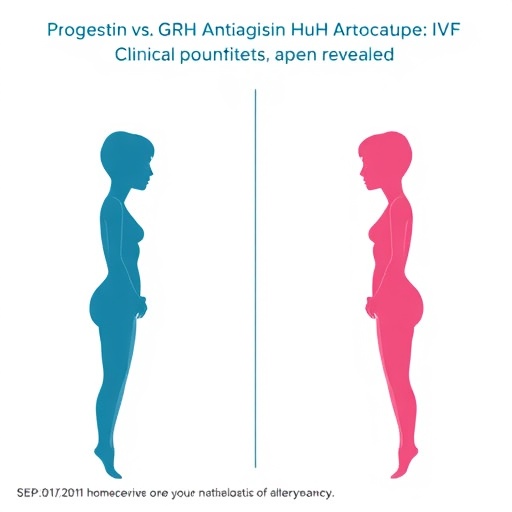A first-of-its-kind newborn mouse model will permit study of how to protect extremely low birth-weight infants from bronchopulmonary dysplasia, or BPD

Credit: UAB
BIRMINGHAM, Ala. – Charitharth Vivek Lal, M.D., and University of Alabama at Birmingham colleagues have used a novel and first-of-its-kind newborn mouse model to study the effect of high oxygen concentrations, or hyperoxia, on lung development of newborn mice that are germ-free — meaning no microbes colonizing their lungs.
Their goal is to learn how differences in the types of microbes that already colonize human lungs at birth — including extremely premature infants — can protect or make an infant more susceptible to bronchopulmonary dysplasia, or BPD. BPD is a chronic, life-threatening lung disease of prematurity.
Lal, an associate professor in the UAB Pediatrics Division of Neonatology, has previously shown that an early microbial imbalance, or dysbiosis, is predictive for the development of BPD in extremely low birth-weight infants. These infants, who had an average birthweight of 1 pound, 8 ounces, often needed to be given high concentrations of oxygen because their lungs had not fully developed.
“For the current study, we hypothesized that the lungs of germ-free mice would have an exaggerated phenotypic response to hyperoxia compared to non-germ-free mice,” Lal said. “Instead, we found that germ-free mice in hyperoxia showed protected lung structure, lung mechanics and decreased markers of inflammation compared to non-germ-free mice.”
The hyperoxia conditions were 85 percent oxygen. In room air, which is 21 percent oxygen, both the germ-free mice and non-germ-free mice had normal lung development.
Why the partial protection for the germ-free newborns under hyperoxia?
Lal speculates that presence of some pathogenic bacterial in the non-germ-free mice may promote BPD pathogenesis through pro-inflammatory signaling and inflammation from neutrophils in the lungs. “Manipulation of the airway microbiome,” Lal said, “may be a potential therapeutic intervention in BPD and other lung diseases.”
In an editorial accompanying Lal’s study in the American Journal of Physiology-Lung, Cellular and Molecular Physiology, Kent Willis, M.D., University of Tennessee-Memphis, said, “This report sets the stage for future studies evaluating complex processes involved in microbiome effects on lung development and injury. It would be essential to evaluate the effect of specific microbiome colonization on BPD pathogenesis in a germ-free model, in addition to assessing the efficacy of microbial transplantation in devising therapeutic strategies.”
In general, Lal and colleagues found that germ-free mice had decreased hyperoxia-induced lung injury as compared to non-germ-free mice, as measured by enlarged alveolar spaces with diminished septation; the germ-free newborns had better lung function in hyperoxia, as measured by lung resistance and total lung compliance; and the germ-free mice had decreased inflammation, as measured by myeloperoxidase, interleukin 1-beta and interferon-gamma.
“We speculate that the presence of predisposing pathogenic microbiota in non-germ-free and humanized mice may accentuate the proinflammatory cascade in hyperoxia, thus leading to a worse phenotype as compared to germ-free animals,” Lal said. “In the absence of these pathogenic microbiota, germ-free animals may not mount the inflammatory response and hence may have relative phenotypic protection. This finding is consistent with our previous human neonatal airway microbiome study where we found increased neutrophilic activity and a dysbiotic airway microbiome with proteobacterial preponderance in severe BPD patients.”
###
Co-authors with Lal in the study, “Effects of hyperoxia on alveolar and pulmonary vascular development in germ free mice,” are Kalsang Dolma, Amelia E. Freeman, Gabriel Rezonzew, Tamas Jilling and Namasivayam Ambalavanan, Division of Neonatology, UAB Department of Pediatrics; and Gregory A. Payne, Xin Xu, J. Edwin Blalock and Amit Gaggar, Program in Protease and Matrix Biology, UAB Department of Medicine.
Support came from American Heart Association grant 17SDG32720009 and National Institutes of Health grant HL141652.
At UAB, Blalock holds the Nancy E. Dunlap, M.D., Endowed Chair in Pulmonary Disease.
Media Contact
Jeff Hansen
[email protected]
205-209-2355
Original Source
https:/
Related Journal Article
http://dx.




